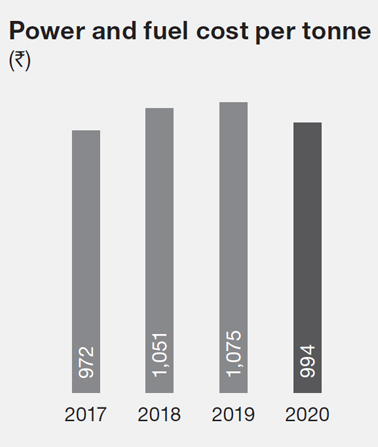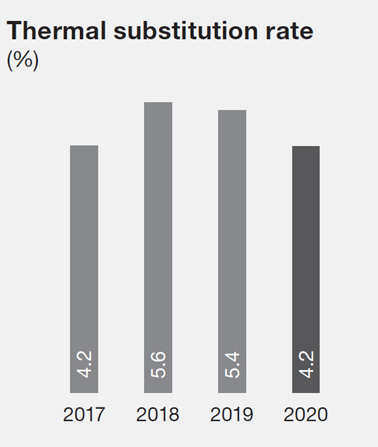At Ambuja Cement, we undertake
a host of expansion projects to
strengthen our market positioning and
evolve a more efficient, cost-effective,
reliable and environment-friendly
business model.
Though the pandemic temporarily
halted the expansion project, we
restarted the projects with all the
necessary guidelines prescribed by the
government.
Despite operating challenges during
the year under review in the wake of
COVID-19, we, at Ambuja Cement, stepped up our manufacturing
excellence. We inculcated a strong
sense of discipline among our
employees, which helped us to recover
quickly after the lockdown was lifted.
We achieved close to 75% capacity
utilisation within just 30-45 days after
restarting our operations after the
lockdown, with all relevant government
regulations in place.
We adopt best practices in
manufacturing. Our parent,
LafargeHolcim has developed a
’Cement Industrial Framework,
which defines the systemic approach
towards manufacturing in its entirety,
including people and processes. This
framework is the guiding principle for
all manufacturing activities at
Ambuja Cement.
- Enhanced Plant Net Availability
index by 5% over 2019
- 8.2 million tonnes of waste derived
resources used in production
process conserving huge amount of
depleting natural resources
- Overall operating cost per tonne
decrease by 3% versus 2019,
despite drop in volume by 6%
over 2019
Efficiency improvement
Over the years, we have implemented
continuous improvement strategies as
part of our manufacturing excellence
journey, focusing on areas such
as clinker factor reduction, energy
efficiency improvements, raw mix and
fuel mix optimisation, and higher usage
of alternative fuels and raw materials.
Cement blending
We are among the early industry
players to opt for blended cement
products; and ~90% of our production
falls under the blended category.
We are continuously working on
improving this mix.
This is part of our continuous journey
towards ensuring the sustainability of
the environment and we continue to
work on new products.
Cost optimisation
Robust operating systems and
continuous debottlenecking
projects, including efficiency and
reliability improvement, are key to
improving capacity utilisation and
cost optimisation.
During 2020, we initiated a unique,
all-encompassing cost leadership
initiative to bridge the cost gap with
competitors, providing the best
products and services. The initiatives
will include manufacturing as well as
logistics areas of the Company.
Technical tie-up with LafargeHolcim
We continue to implement
LafargeHolcim’s ‘Plants for
Tomorrow’ programme, which puts
more emphasis on the enhanced
use of advanced technology to
improve efficiencies and optimise
manufacturing cost.
Product Quality Management
(PQM)
Ambuja Cement is respected in
the industry for its industry-leading
quality and service commitment. We
continuously review and analyse a set of quality parameters, more stringent than
the defined standards, for overall product
quality improvement to generate better
Product Quality Index (PQI).
The product quality monitoring strategy
include daily testing of approved
quality parameters; three-day and
28-day measurement of coefficient of
variations, clinker quality assessment;
customer satisfaction, bi-monthly
product benchmarking, bi-monthly
application-oriented product testing,
monthly testing of random market
samples and monthly assessment of
bag quality index.
Ambuja Cement is compliant with all
the statutory requirements mandated
by the Bureau of Indian Standards (BIS)
as well as all weights and measures
norms. As a statutory compliance,
our bags display the contact details
for customers to communicate any
complaint, observation and query. The
PQM team also tests cement bags from
all regions every month for quality and
quarterly benchmarking.
In order to ensure that our results are
consistent, we follow the round robin
test methodology to identify issues and
improve upon the same.
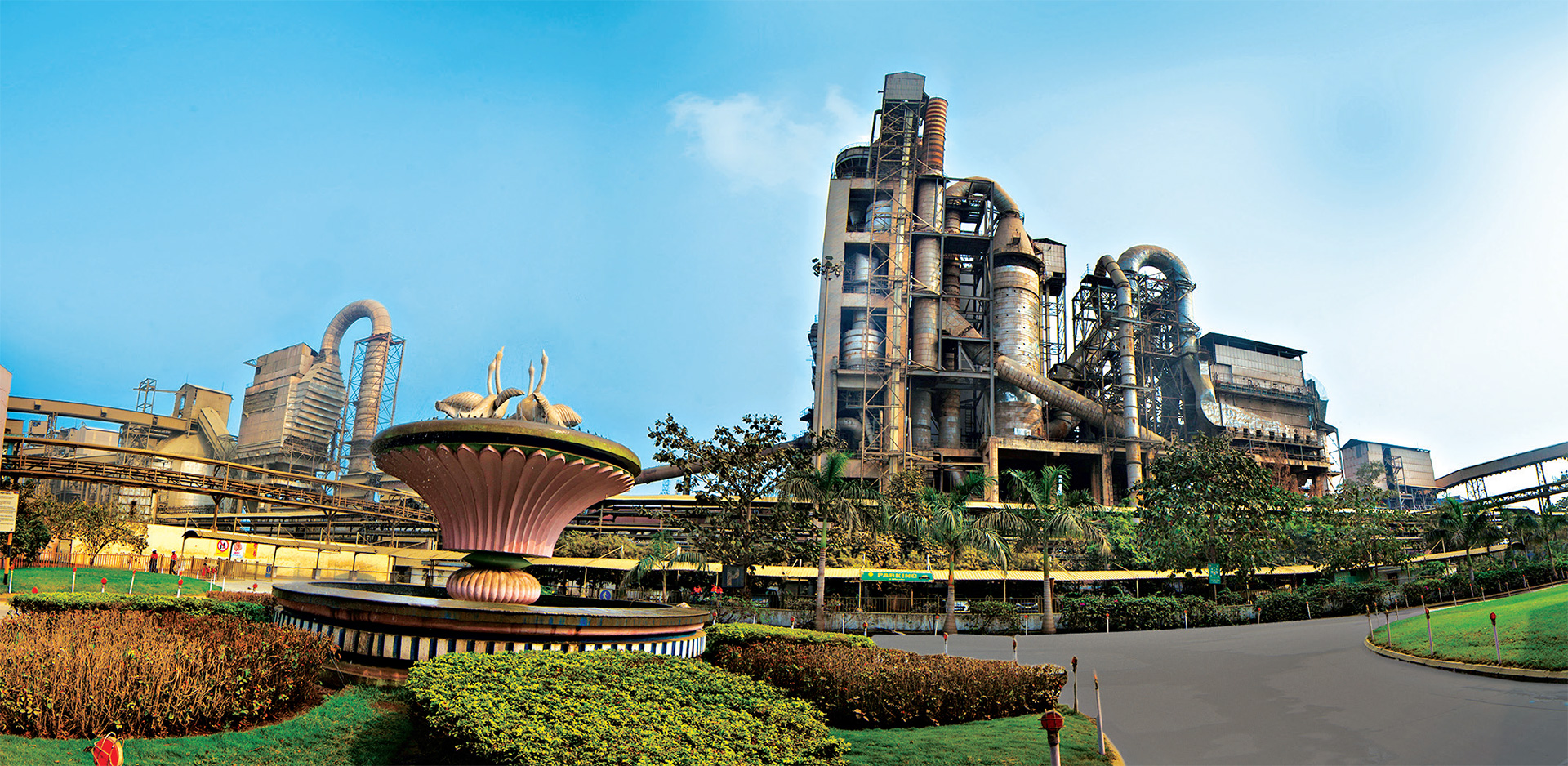
Supply chain and logistics
India Procurement Organisation (IPO),
a dedicated business unit of Ambuja
Cement, takes care of large-scale
procurements, whereas the
unit-level procurement teams take care
of day-to-day purchase requirements at
respective locations.
Logistics remains one of the most
critical parts of the supply chain. We
have initiated digitisation to enhance
efficiency of our logistics management,
resulting in greater control across
the entire logistics value-chain. We
have set up the Transport Analytics
Center (TAC) to enhance operational
efficiencies and distribution safety.
TAC helps in real-time monitoring of the
in-vehicle management system, helping
us in improving customer servicing.
Ambuja Cement’s pioneering
sea-based cement transportation helps
us in servicing far-away markets like
Surat, Mumbai, Mangaluru and Kochi
with ease and helps reduce our carbon
footprint. The sea-based operations,
conducted through a fleet of five jetties
and 10 self-unloading cement carriers,
are tailormade to our needs, operating
out of our five Bulk Cement Terminals
(BCTs).
To promote excellence in warehousing,
the warehouses in each region were
awarded for creating the best ‘model
warehouse’. The Standard and
Operating Procedures (S&OP) tool
provides the flexibility of switching
between rail and road modes to quickly
respond to demand fluctuations and
ensure smooth supply, minimising
overstocking or shortages.
To drive digitalisation, we implemented
Blue Yonder Luminate Planning.
This will help transform our supply
chain. The platform helps improve
S&OP with integrated planning and
execution by gaining visibility of daily
demand, production and dispatch
plans. The objective is to effectively
predict demand fluctuation, scheduled
maintenance, improve logistics and
transportation capabilities.
Performance in 2020
- ~23% of the supply was transported
through rail
- ~12% of the supply was carried by
sea
- Freight and forwarding cost per
tonne reduced by 2%
- Use of technology and real-time
visibility of analytics through TAC
enabled us to reduce our cost
consistently
Model warehouse programme
We initiated the Model warehouse
programme in 2016 and over the years,
a total of 207 model warehouses
have been developed across various
parts of the country. All warehouses
were reviewed for their practices
during 2020. The model warehouse
implements a seven-point mandatory
checklist, including maintaining good
housekeeping, infrastructure, stacking
safety, marking and signage, and
providing good basic amenities to the
workmen and the drivers. We continued
Behaviour Based Safety (BBS)
workshops with Clearing & Forwarding
(C&F) agent and logistics team, and
warehouse owners at the regional
levels. The continued success of the
model reinforces our commitment
to excellence.
Captive power generation
We operate in an energy intensive
industry and to mitigate the risks
associated with energy requirements,
we have undertaken strategic initiatives
in our value chain for energy sourcing
and also in developing our in-house
capacity to cater to this need. Use
of alternative fuels, Waste Heat
Recovery (WHR) and use of renewable
energy like biomass, wind and solar,
implementation of energy management
system (ISO 50001:2011) further
strengthens our energy management
landscape. We consumed a major
portion of the total power requirement
from captive power plants at four
integrated plants and one grinding unit.
Mining is an integral part of our
operations as it provides us
long-term resource security as well as
cost advantage. At Ambuja Cement,
we source limestone from captive
mines located close to our integrated
plants. We ensure the well-being of the
community around our mining sites
and protect the environment using
innovative technology sustainably.
The optimum utilisation of mining
resources is attained through the
following:
- Use of alternative and waste derived
materials in the process reduces
the use of natural resources and
maximises the life of limestone and
coal quarries
- Effective and efficient mining and
extraction processes do not disturb
the ecological balance
- Use of limestone beneficiation
end extraction ensures waste
minimisation
Progressive mine closure plans are
available as per the statute for all
locations. Concurrent rehabilitation
plans are available for the working
mines in Gujarat.
Responsible
mining
strategy at
Ambuja Cement
 Safety
Safety
- Fatigue monitoring
system for operators
- Proximity sensor in
heavy earth-moving
machineries with
20 m alert system
- Haul road
maintained with
compactors and
graders
- Dust suppression on
haul roads,
crawler-mounted
equipment
- In-built water
sprinklers and dust
extractors in drilling
machines
- Reverse cameras
and alarms in
dumpers
 Ecosystem protection
Ecosystem protection
- Excavated soil
used for cultivation/
pastureland
development
- Dump slopes
designed for stability
by coir matting and
plantation
- Waste disposal as
per approved
mining plan
- Operating sites
not in territories of
indigenous people
- Approved mine
closure and
rehabilitation plans
 Constant monitoring
Constant monitoring
- Blast monitoring
- Vibration
measurement after
each blast
- Vibration
measurement as per
approved standards
- Technology-based
mining demand
mapping
- GIS*-GPS* based
blasting and
production
- Prompt Gamma
Neutron Activation
Analysis (PGNAA)-
based crushed Rom
analysis
 Efficient techniques
Efficient techniques
- Eco-friendly
blast-free
surface mining
(Ambujanagar)
- - Replaces blasting,
drilling and
surface mining
- - Eliminates ground
vibration
- - Noise minimisation
- Controlled blasting
- - Minimal fly rocks,
vibration
- - Safe in extraneous
electric
environment
- - High-precision
electronic
detonators
Our Group policy prohibits operations
in the immediate vicinity of specific
biodiversity zones, world heritage sites
or IUCN category I-IV protected areas.
We also commit not to open new sites
or explorations within such areas.
We have protected areas like the
Majathal Sanctuary and Darlaghat
Conservation Reserve situated
within 10 km of our mining or plant
operations at Darlaghat; Gir Sanctuary
lies within 10 km of the Sugala mining
site at Ambujanagar. We adhere to
the LafargeHolcim Group Quarry
Rehabilitation and Biodiversity
Directive, requiring us to prepare a
Biodiversity Action Plan (BAP) for
sensitive sites.
For more details about our biodiversity
management, please refer to
*GIS - Geographic Information Systems
*GPS - Global Positioning Systems







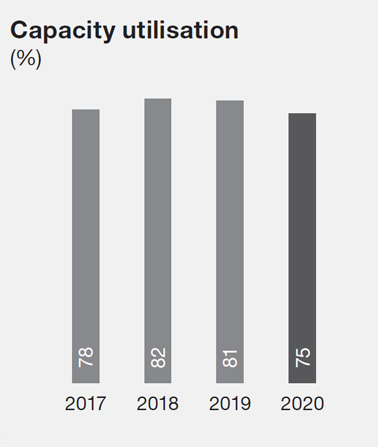
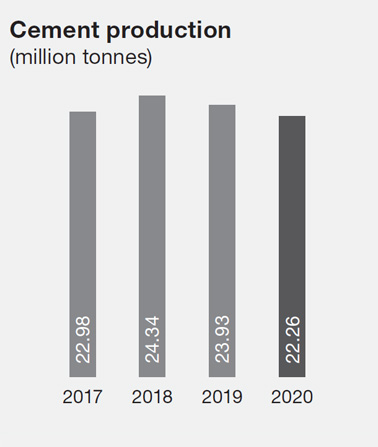

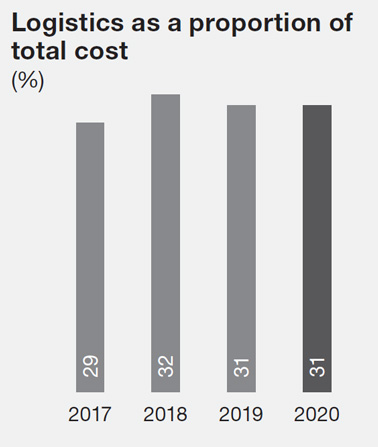
 Ecosystem protection
Ecosystem protection Constant monitoring
Constant monitoring Efficient techniques
Efficient techniques